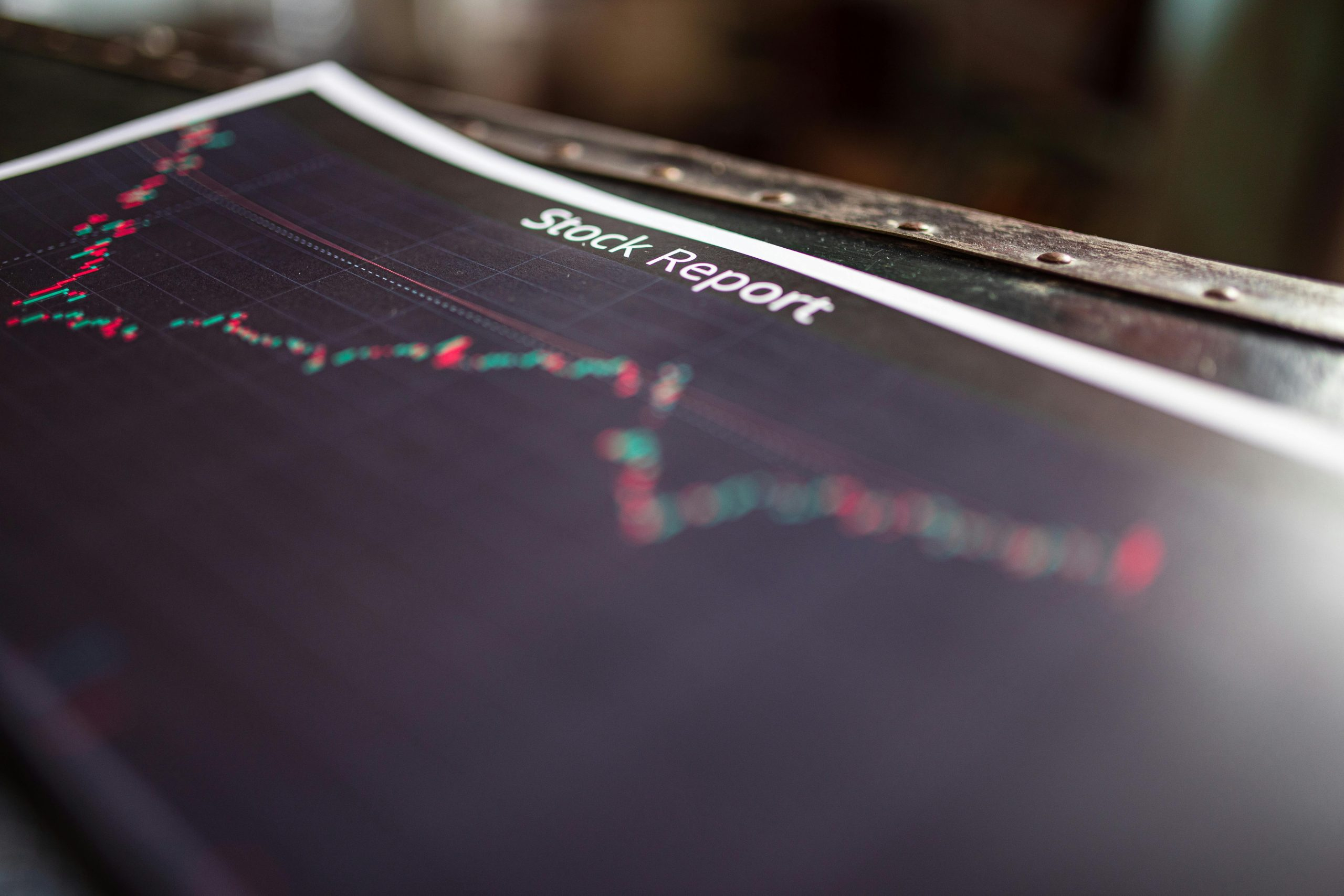Big Data Analytics: Predicting Housing Market Trends
The housing market can be a tricky business. Despite its many ups and downs, the housing market trends have a direct impact on the economy and the daily lives of people. That’s why being able to accurately predict housing market trends can be a game-changer for real estate professionals, investors, and homeowners alike. But how can one make sense of all the data available and make accurate predictions? The answer lies in big data analytics. With the massive amount of data collected from various sources, big data analytics has become an essential tool in predicting housing market trends. Let’s dive deeper into how big data analytics is revolutionizing the real estate industry and changing the way we look at housing market trends.
The Role of Big Data Analytics in Predicting Housing Market Trends
Before the rise of big data analytics, real estate professionals and investors relied mostly on intuition and experience to make predictions about the housing market. This approach was not always accurate and left room for human error. With the advent of big data analytics, the game has changed. Big data refers to the large volume of data – both structured and unstructured – that floods businesses every day. It has allowed real estate professionals to analyze market trends with a more data-driven, analytical approach. By analyzing historical data and current market trends, big data analytics can provide valuable insights into future housing market trends.
Collecting and Storing Data
The first step in utilizing big data analytics to predict housing market trends is to collect and store a large amount of data from various sources. Traditional methods of data collection, such as surveys and manual data entry, are time-consuming and can often be subject to human error. With big data analytics, data can be collected in real-time from multiple sources, including social media, online listings, and government databases. This allows for a more comprehensive and accurate view of the market.
Identifying Patterns and Trends
Once the data is collected, the next step is to analyze it. This is where big data analytics comes in. By using advanced algorithms and machine learning techniques, big data analytics can extract valuable insights from large and complex datasets. It can identify patterns and trends that may not be visible to the human eye, making it easier to predict future developments in the housing market. This includes factors such as interest rates, employment rates, and demographic changes, all of which have a significant impact on the housing market.
Predictive Modelling
One of the most significant advantages of using big data analytics in predicting housing market trends is its ability to create predictive models. These models take into account numerous variables and can forecast future housing market trends with a high degree of accuracy. Real estate professionals can enter various “what if” scenarios to test how different factors might affect the market, allowing them to make more informed decisions.
The Benefits of Big Data Analytics in Predicting Housing Market Trends
The use of big data analytics in predicting housing market trends has several benefits, including:
Accuracy and Efficiency
Thanks to its ability to analyze vast amounts of data in real-time, big data analytics provides more accurate and up-to-date insights into the housing market. This allows real estate professionals to make more informed decisions quickly, without being bogged down by manual data analysis.
Cost-Effectiveness
Using big data analytics to predict housing market trends is a more cost-effective approach than traditional methods. With the availability of open-source tools and cloud-based solutions, it has become more accessible and affordable for businesses of all sizes to leverage big data analytics in their operations.
Competitive Edge
In today’s highly competitive real estate market, having access to accurate predictions of housing market trends can give businesses a significant competitive edge. By leveraging big data analytics, companies can stay ahead of the curve and make strategic decisions that can help them thrive in the market.
Conclusion
The real estate industry has seen a significant transformation with the rise of big data analytics. With its ability to collect, analyze, and predict housing market trends, it has become an invaluable tool for real estate professionals, investors, and homeowners. By leveraging the power of big data, businesses can make more informed decisions and stay ahead of the curve in the ever-changing world of real estate. So, if you want to stay ahead in the game, it’s time to start embracing big data analytics and make it an integral part of your real estate strategy.








